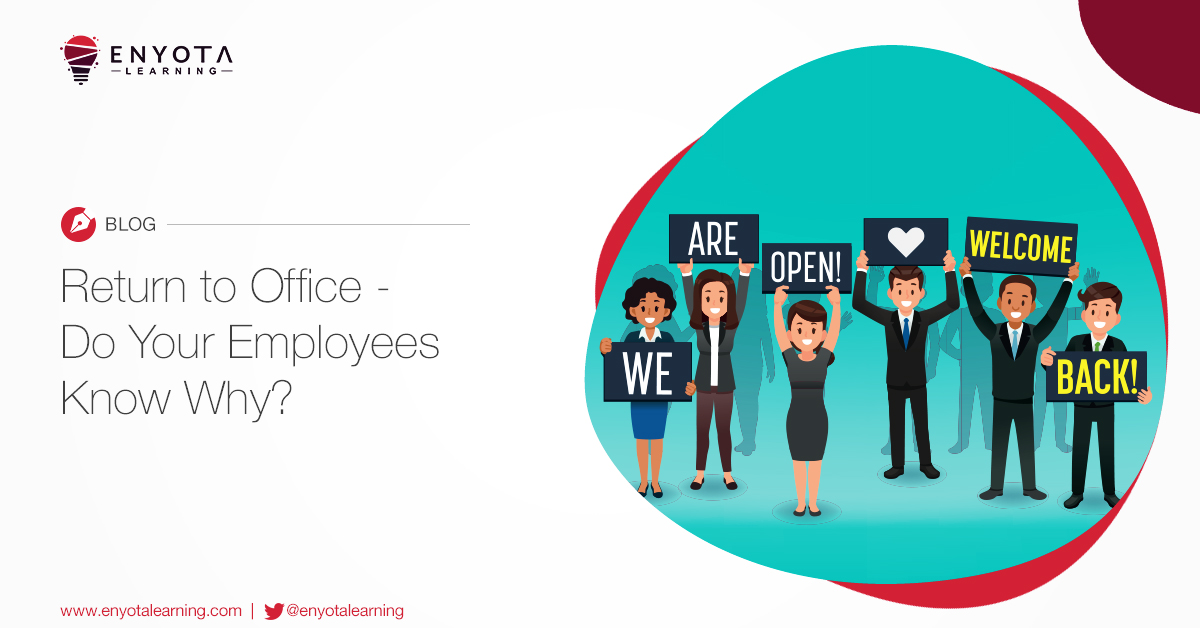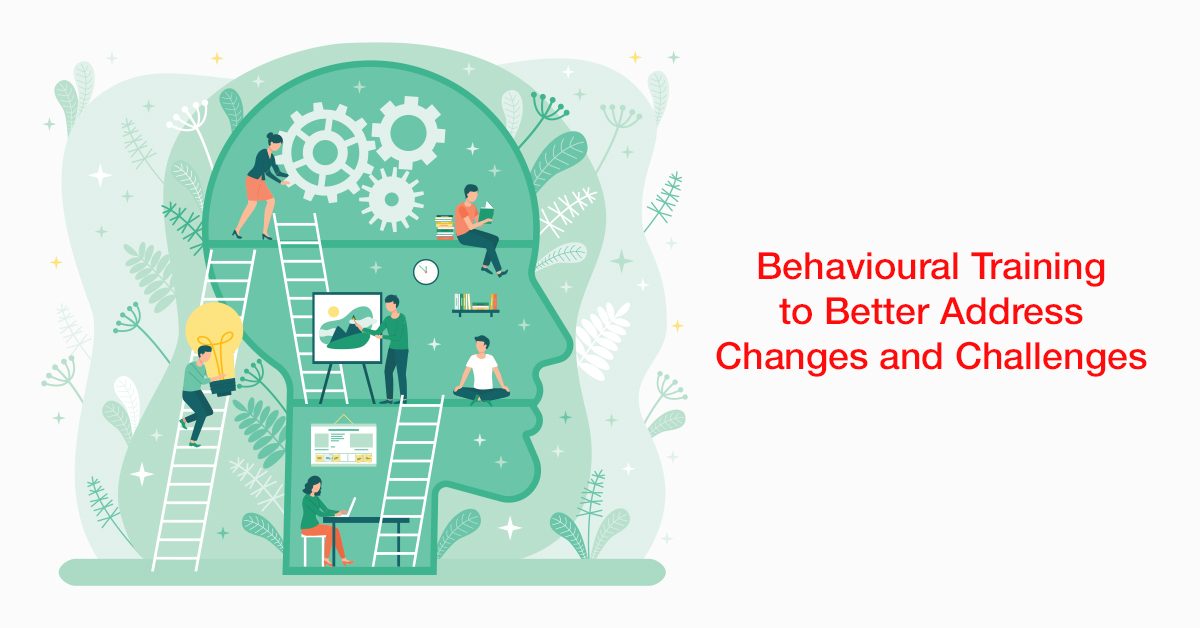
Modern marketplaces are saturated and competitive. And in a marketplace where all products may appear and perform the same, one area where you could stand out is customer service.
Reports indicate that businesses can lose as much as $41 billion each year because of poor customer services. Moreover, 34% of the conflicts at a workplace occur among front-line employees. And training becomes even more complex when you realize that your employees are constantly interacting with customers over multiple fronts. Like call centres, physical stores, online chats, and door fronts. This makes it important to consider training your front-end staff. We live in a time where the news of a bad experience can travel across the world in minutes. There is a growing discontent for mistreatment. So, what can you do to protect your organization? Let us find out!
How to Train Your Front-End Staff
Problem: Catering to New Needs and Demands
Your customer’s needs are changing and so are their expectations from you. As your business evolves and markets its latest offerings, are you taking the time to inform your front-end staff about what to expect while facing customers?
Training your workforce to keep up with changes is important. A report from 2016 said that as many as 22of the customer-facing workforce are bound to be unaware of changes in the policies and offerings of their own organization when dealing with customers. And when customers encounter such employees, the possibility of a conflict increases.
Solution: Front-End Staff Should be the First to Know About Changes
Update in product policies, offers, and customer service terms must definitely be communicated with your employees. Animated explainer videos are a great way to roll out such training. Simple microlearning in the form of text and audio-based slides or even interactive eBooks can also address the updates and how soon they are being rolled out. These are quick to build and easy to roll-out. The aim is to inform your employees about the change before the customer hears about it. Plus, it also serves as just-in-time training when your employees need a quick refresher.
Problem: Understanding Customer Behaviors
Customers can be finicky as well. They may sometimes behave in an absurd manner and seem illogical. But it is very important for your front-end staff to be able to determine ‘what behavior is too far too much’.
On the other hand, some customers want to know more about your business before committing to making a purchase. Or they may appear overly critical of your services. Your employees need to know that such behavior is normal and that a customer is entitled to making an informed purchase. Losing their calm or responding in a callous manner to such customers is not the way to go.
This is why understanding customer behavior is very important. If your employees understand that such customer actions are acceptable and that it is normal, they are less likely to choose a distasteful approach to dealing with such customers.
Solution: Roleplay is Ideal for Front-End Staff to Practice Customer Interaction Training
Assessing customer behavior cannot be learnt via theory alone. Some form of roleplay or simulations are important here. eLearning that uses scenario-based questions, activities, and perhaps even animated videos that outline the exact customer behavior to look for, followed by the appropriate action to take is a good way to get your learners started. Give learners the option to practice their selling skills in a safe environment and provide remedial feedback.
Problem: Selling with Charm
49% of the clashes are a result of clashing personalities and warring egos. Slick talks can win you a customer and some courteous gestures with a smile can win you a customer for life. Winning a business is important, but we already know that the thin line between your business or the one next door can come down to a simple experience. And so, being courteous to your customers in exchange for their business is very important.
Your front-end staff may not even know it, but the stress of their job and the monotony of dealing with customers could sublimely be making them respond in a rude, cold, or exaggerated manner.
You have two options here. Either work towards alleviating the stress or train them on how to recognize their own change in behavior. We have an article on how eLearning itself can be used to bust stress, check it out here.
The point is that you need to win hearts and business. You cannot afford to appear indifferent to your customers. This is something that plagues a lot of businesses. And if you’re not paying enough attention, you’ll never know that the reason why your customers never return is because they weren’t treated right.
Solution: Your Front-End Staff are Humans. Reinforced Training Works Here
Courtesy is acquired. More importantly, not losing your calm is practiced. Such training relies on employee behavior changes and is long-term reinforced training. A mix of VILT and eLearning-based course material on the importance of pleasant behavior is what will work here. Story-based or conversational learning can be extremely effective here where learners can ‘watch and do’.
Front-End Staff Training is Complex with Multiple Possibilities
Most unsavoury instances take place as a result of lack of training. You must consider looking into all the possibilities that may arise when your workforce is interacting with customers over multiple fronts. More importantly, train your employees to approach each customer as an individual and give them the proper treatment.
At eNyota Learning, we deconstruct the existing customer-facing processes your employees follow and help you fine-tune it by deploying eLearning courses designed to train and develop your team’s soft and behavioral skills, making them better at handling customer grievances and providing world-class support.
If you want to know more about how we can help your customer-facing team with their training and development needs, please reach out to us at contact@enyotalearning.com or sign up here and one of our representatives will get in touch with you.





